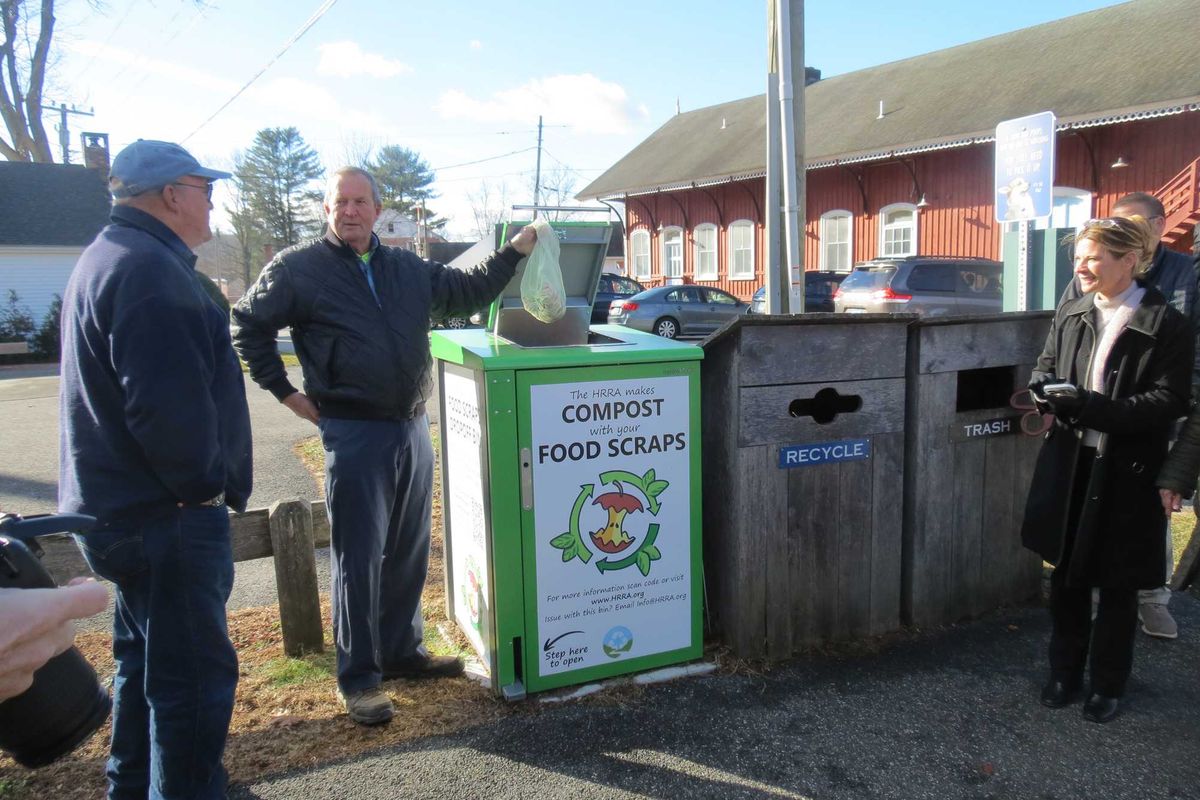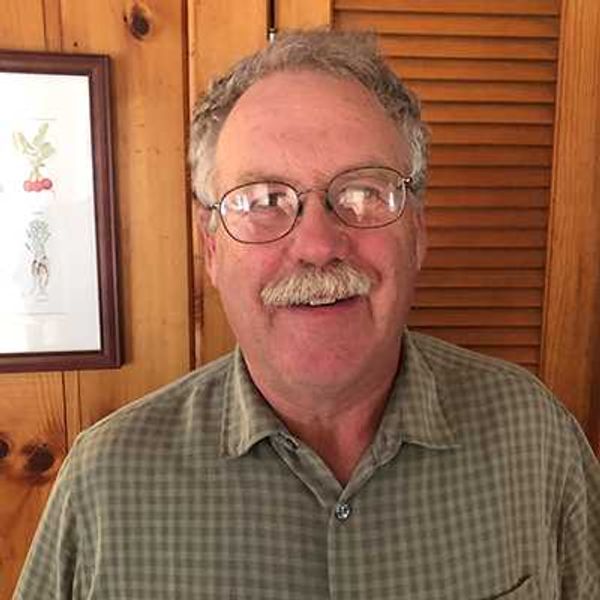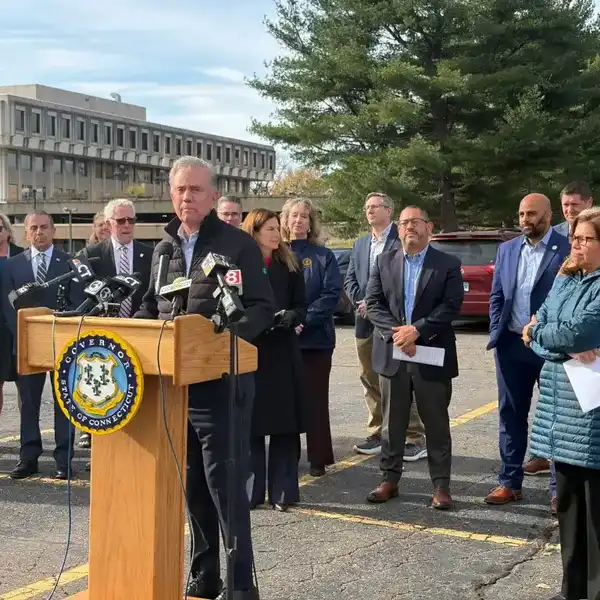Partnerships, persistence and a ‘patron saint’ critical for Wild & Scenic status

The Farmington River received federal Wild and Scenic status in 1994. The Route 318 bridge spans the West Branch of the Farmington in Barkhamsted.
Photo by Patrick L. Sullivan

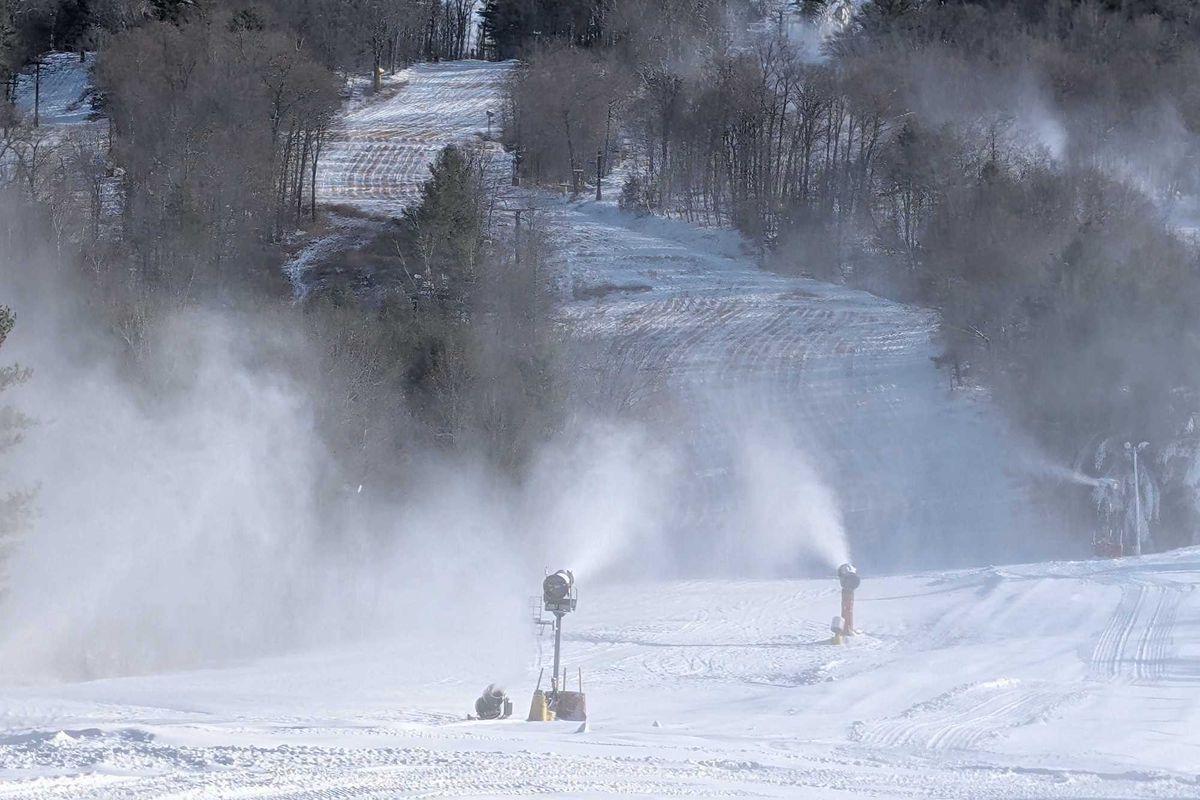
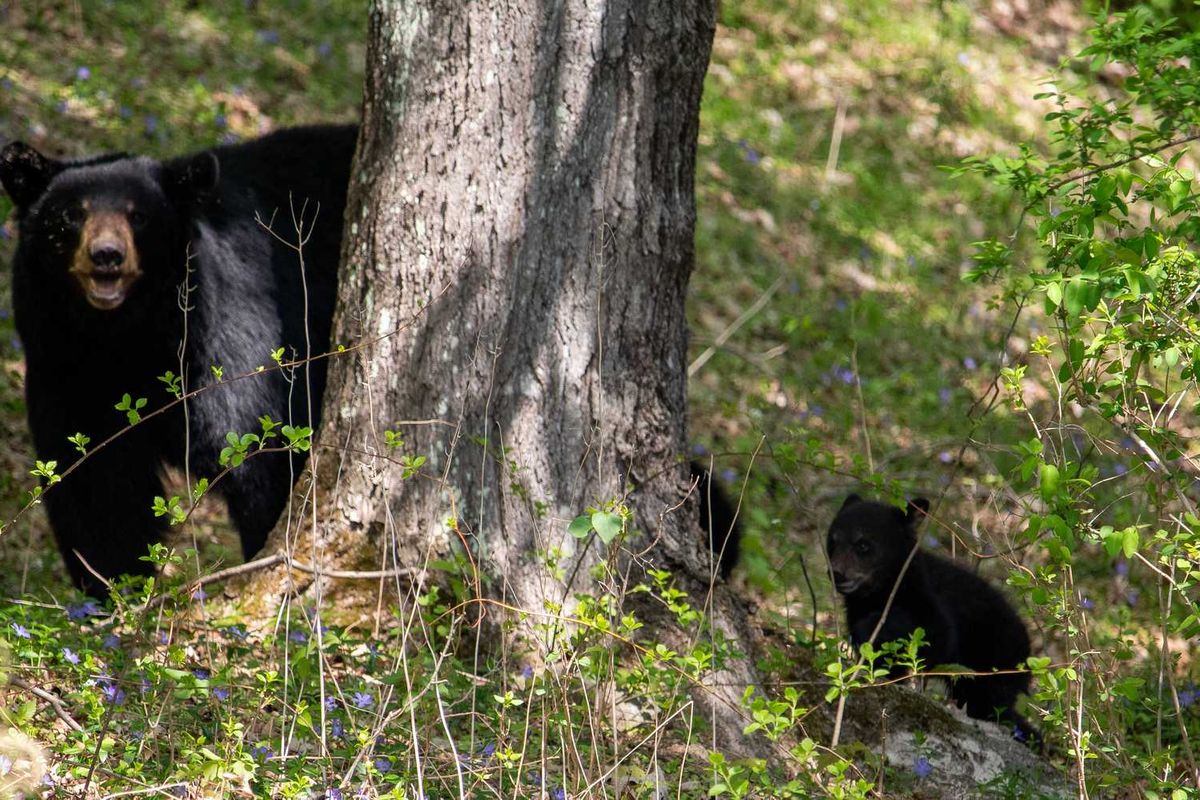
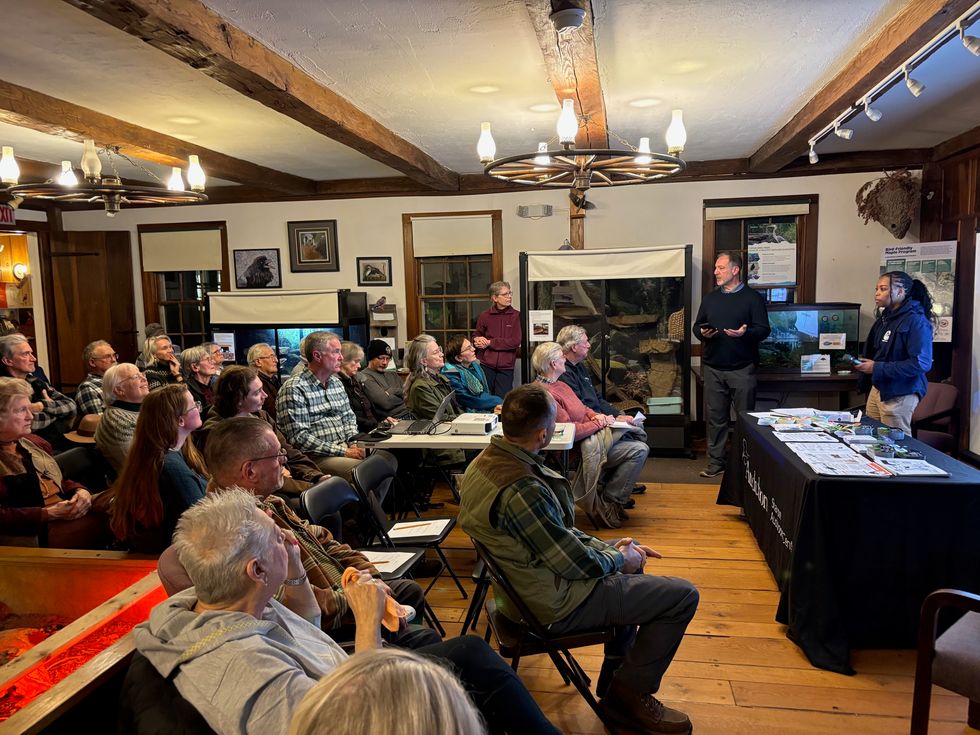 Attendees at the DEEP meeting in Sharon on Dec. 3By Christian Murray
Attendees at the DEEP meeting in Sharon on Dec. 3By Christian Murray From the State of the Bears Report released March 2025CT DEEP
From the State of the Bears Report released March 2025CT DEEP